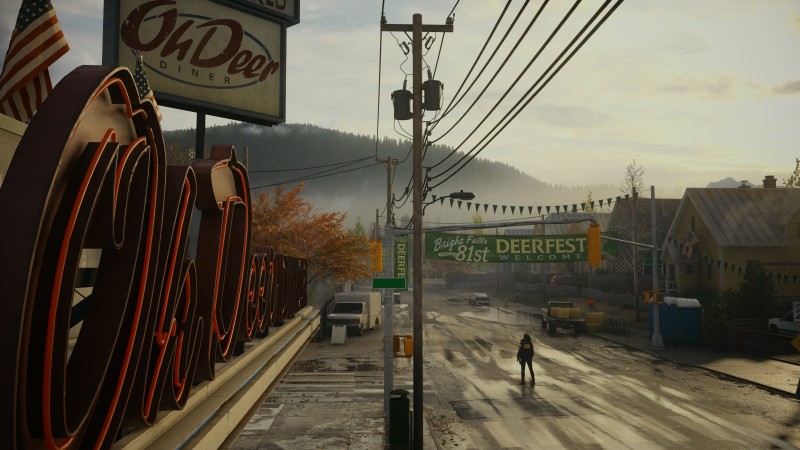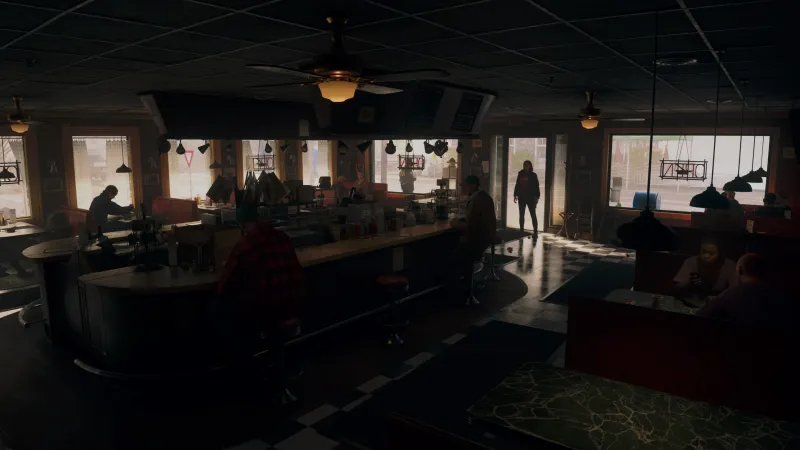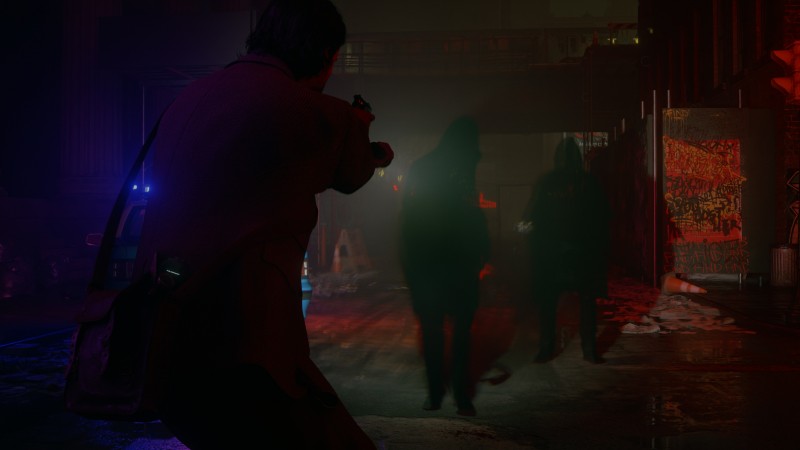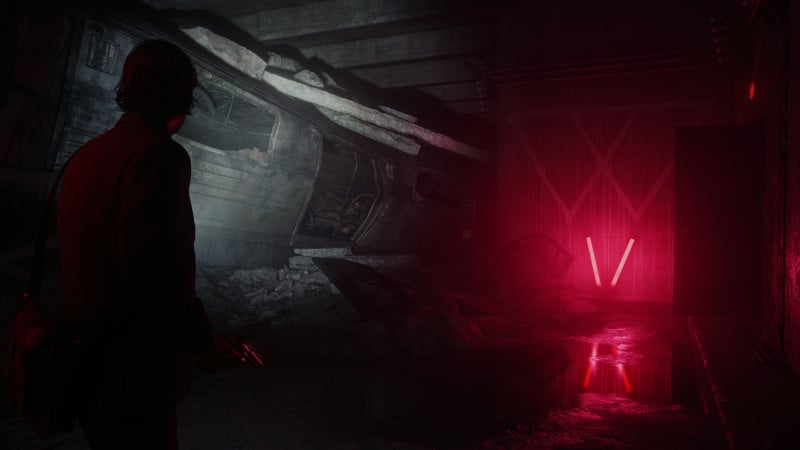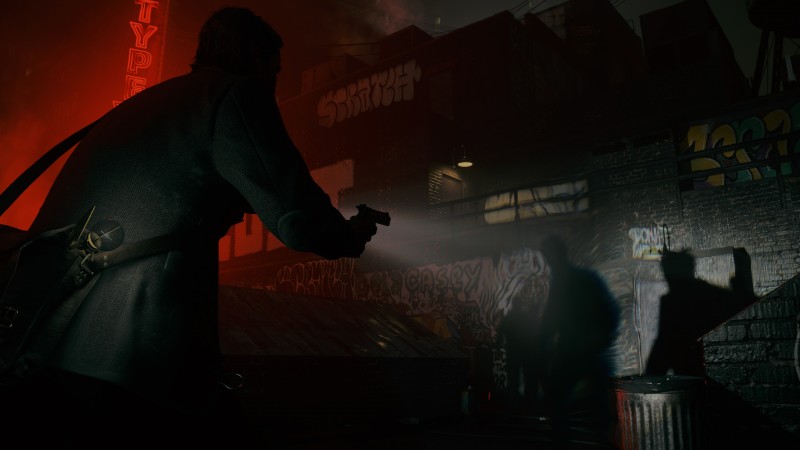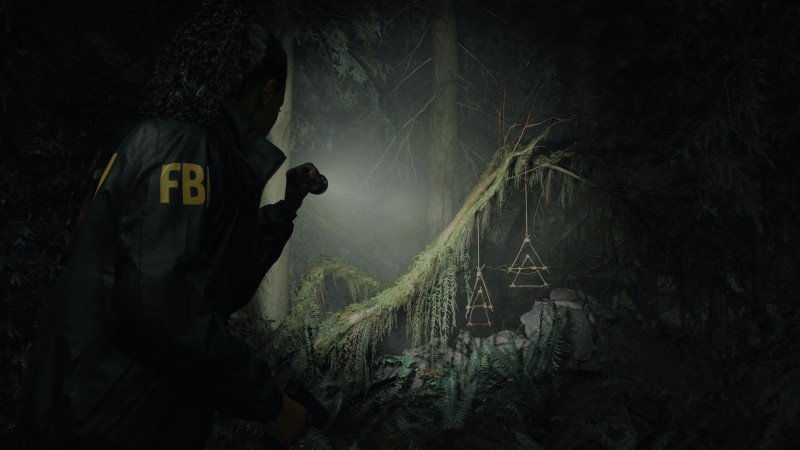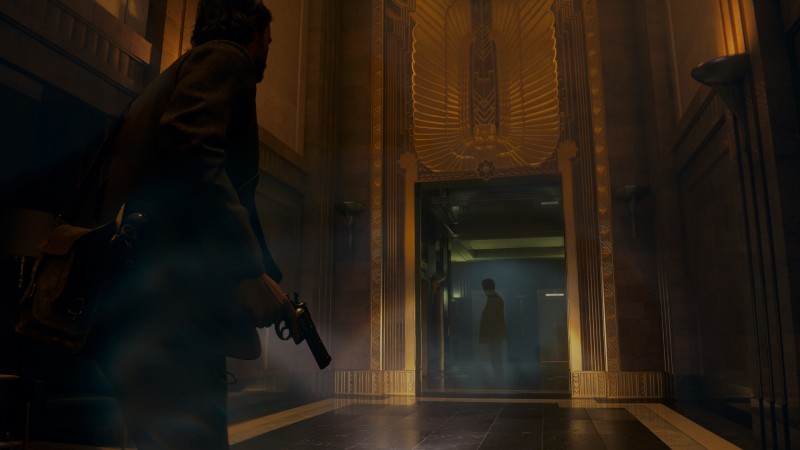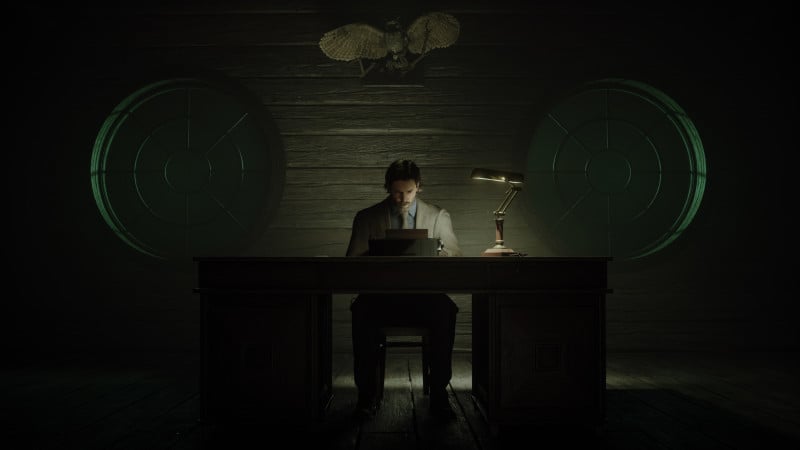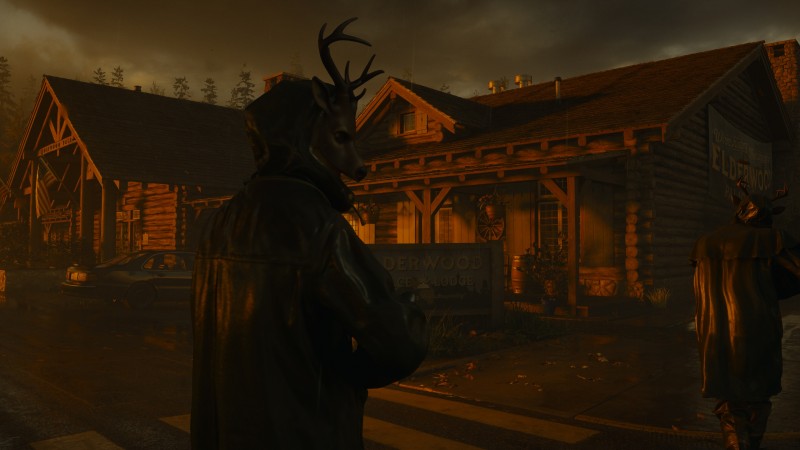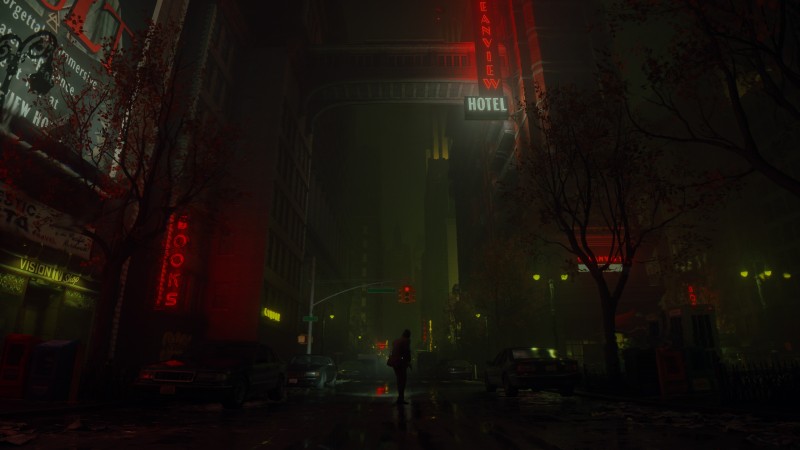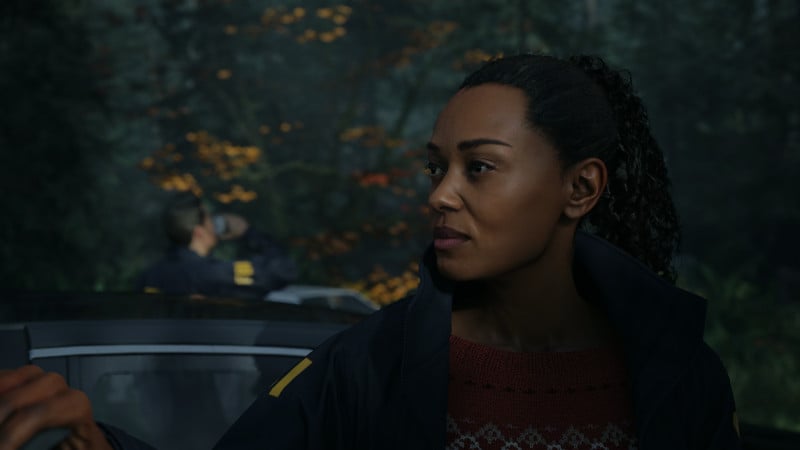Alan Wake 2 Review - Back To Reality
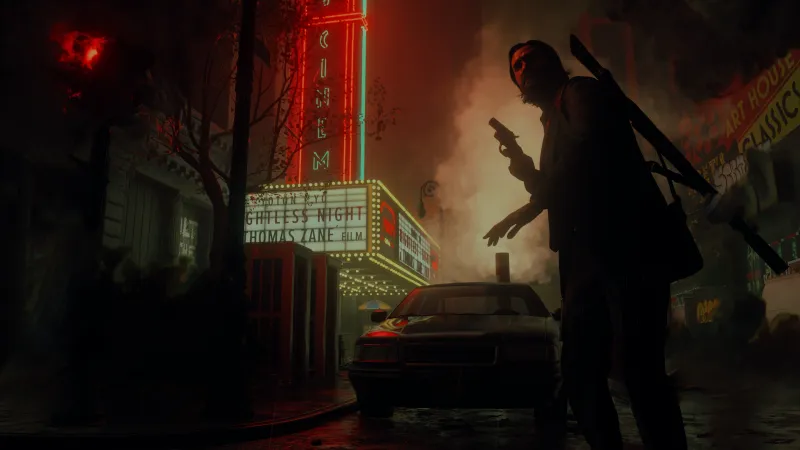
Reviewed on: PlayStation 5
Platform: PlayStation 5, Xbox Series X/S, PC
Publisher: Epic Games
Developer: Remedy Entertainment
Release:
Rating: Mature
Remedy is known for being experimental. It mixes live-action footage into its video games, plays with player expectations, rewards those devoted to the developer’s history and gameography, and in the case of Alan Wake II, eagerly performs big-budget lunacy for our entertainment and sometimes confusion. The highs of Alan Wake’s follow-up adventure are tall, but there are frequent lows that drag the whole experience into The Dark Place. I also encountered a number of bugs that forced frequent restarts and one full reinstallation. But even in the moments I was most frustrated, I still admire Remedy’s commitment to creating a unique experience and embracing its weirdness.
Alan Wake II takes place in the real amount of time since we played the original game. Alan has been stuck in limbo for 13 years, trying his hardest to write himself back to reality. From a zoomed-out perspective, both Alan Wake games are about a man trying to escape an evil entity. On closer inspection, however, the story is about the nature of art, what it means to create, the reliability of memory and reality, parenting, friendship, and of course, murder. Alan Wake II’s story, sometimes clumsily, navigates all these topics with morose voiceover, beautiful visuals, impressive performances, and bizarre set pieces that will undoubtedly become the game’s primary talking point for the rest of its legacy. This is where Alan Wake II shines. The way it presents its story is different than just about everything out there, and even though I would have liked more interactivity during conversations and internal monologues, I remained consistently engaged.
The exception to this is new playable protagonist Saga’s investigative techniques. While I overall preferred playing as Saga to Alan, her special detective abilities led to frequent underwhelming reveals. Saga arrives at impossible-to-know case facts by simply sitting in a room and thinking to herself. I am happy to buy into the conceit that she has special powers, but from the player’s perspective, watching Saga just know things for no reason is deeply unsatisfying. Her interactive efforts to build evidence out on a wall also feel like painting by numbers, when you generally already know what image you are creating. Overall, however, Saga’s story and the mystery surrounding her family is the more interesting one, and I followed her threads when given the choice.
Alan lacks Saga’s investigative abilities, but playing his portions, which take place in the abstract Dark Place, have their own issues. Alan is supposed to be lost and confused in the Dark Place, and from a narrative perspective, it works. But when a location (and troublesome map) is already difficult to navigate and then filled with doors that change exits depending on the lighting, things get opaque in a way that isn’t consistently fun.
Even when lost and frustrated, however, combat can be a beacon of action-packed joy. Lighting up enemies with a flashlight and filling them with bullets feels more determined than in the 2010 game, but pulling off a perfect flashlight-shotgun combo still feels great. So great, in fact, that I wanted much more. There are few instances where you must fight enemies. Ammo is scarce and dodging is reliable, which means engaging is discouraged. Combat ends up feeling like a fantastic dessert when you are watching your calories. You want to partake, but you really shouldn’t. Thankfully, the penultimate confrontation throws plentiful ammo and enemies at you and serves as a fun homage to the original game.
Alan Wake II also leans into an irritating video game trope more so than any game in recent memory where everything always feels just out of reach in an unsatisfying way. You must go through this electronic door, but right as you walk up to it, the power goes out, and you must find items A, B, and C to get electricity flowing again. Variations of this happen constantly. Thematically, it makes sense that the story, which is being written as you progress, creates barriers to slow you down, but on a practical level, it feels antagonistic to the player, which is just annoying.
I have been eagerly waiting for Alan’s return since the original game ended with a cliffhanger and 2012’s American Nightmare did little to move the story forward. I am narratively satisfied with the events of the game and enthusiastically welcome Saga into the world. But actually playing the game, navigating the world, and avoiding combat is where I stumbled. I was eager to see the next cutscene, but gameplay often fell short, and I fought more bugs than Taken enemies. For longtime Remedy fans and those who want to see what happens next for Alan Wake, the sequel is a success, but making it to the end includes unnecessary hurdles.
Score: 7.75
About Game Informer's review system
Purchasesource https://www.gameinformer.com/review/alan-wake-2/back-to-reality

